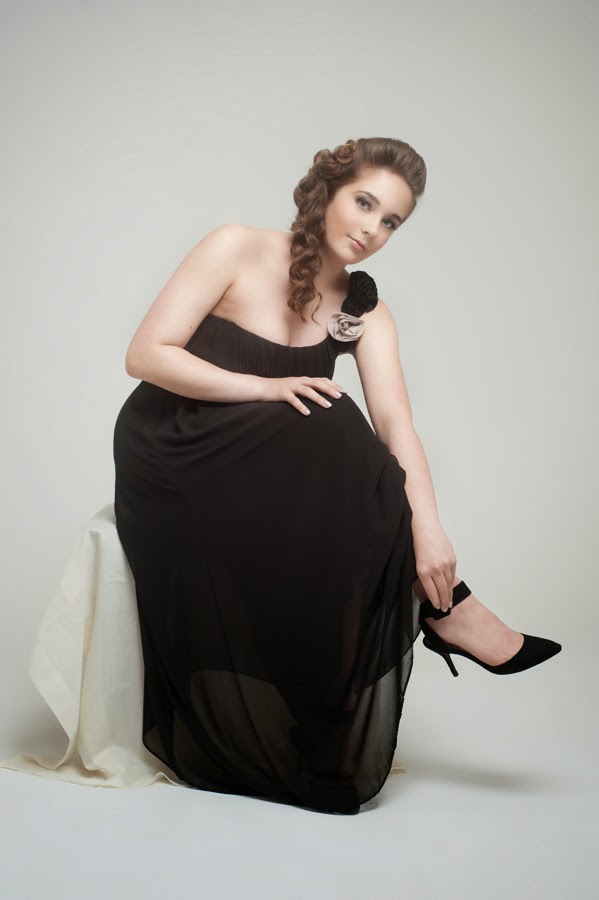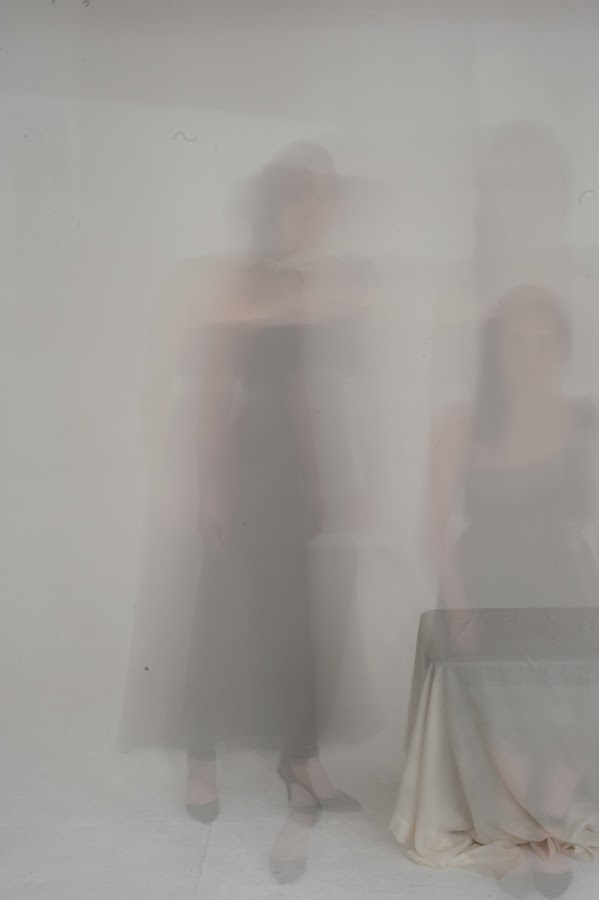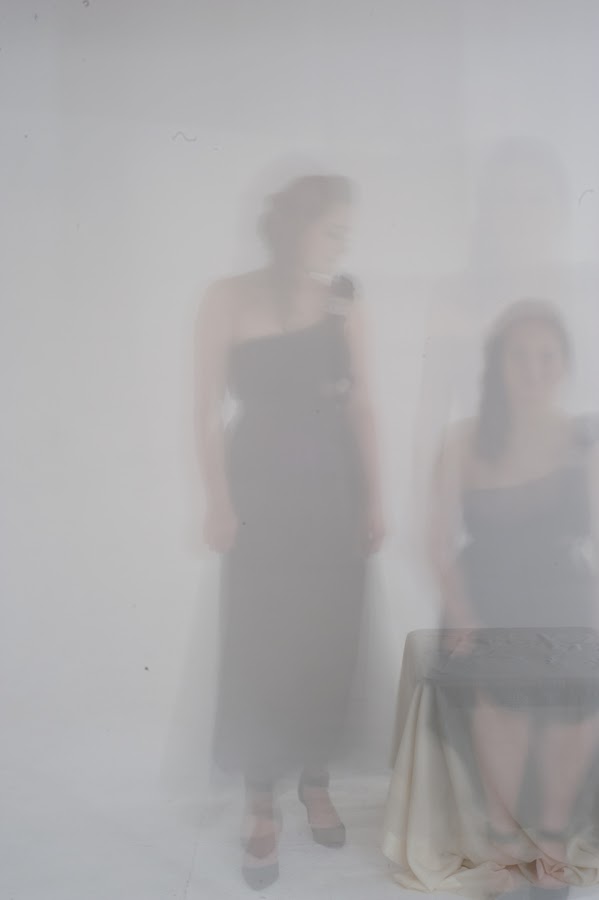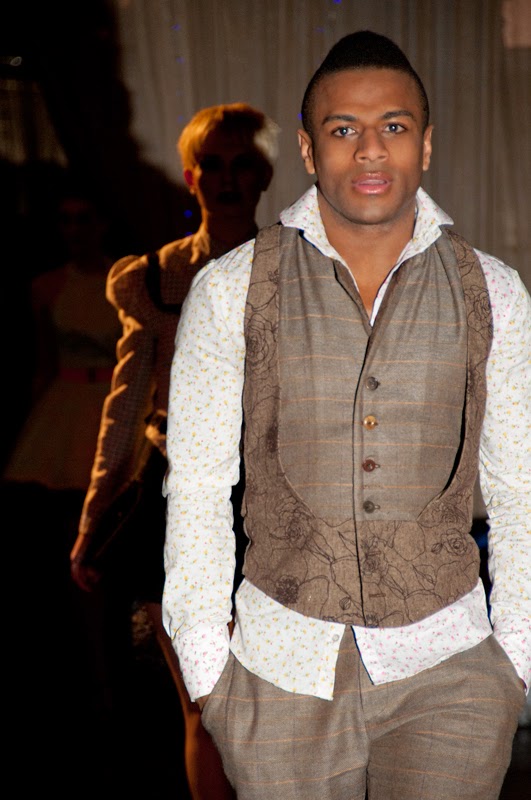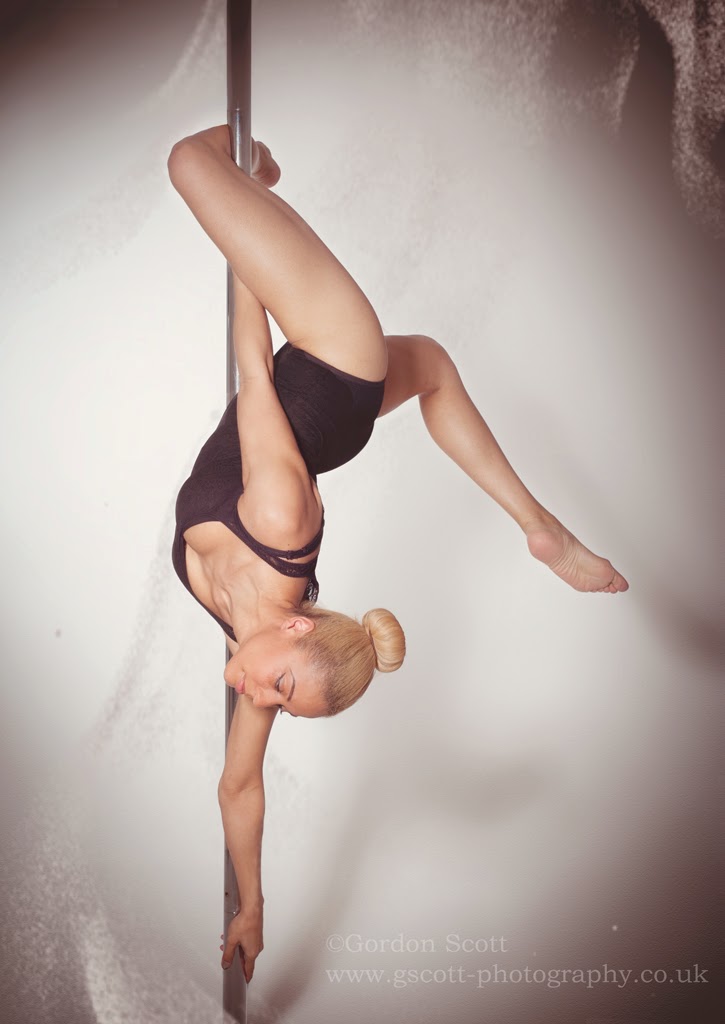Nothing worth
having comes easy and that is true for the challenges faced by the fashion
catwalk model and photographer – fast moving requiring split second captioning
from both.
We offer catwalk training for photographers and models at our studio in Darlington and having
done a good few shows now I have to take my hat off to the experienced model.
Yes they need to be able to walk down a catwalk at just the optimum pace and
with a certain style, but first, and not to be at all under-rated, is the
ability to know the garment and how to wear it, how it hangs and how to show it
off. We stress that this should be the first priority for the model during
fittings and rehearsals - get a feel for the garment, how does it hang, is
there a tendency for a shoulder to slip, how are the sleeves, etc. Once
mastered then when on the catwalk they can then concentrate on their walk.
 On to the catwalk
show itself common failings from the less experienced models on a catwalk are
(1) walking too fast (2) looking down (3) as a consequence bending slightly
forward (4) placing feet showing soles up and (5) arms swinging too much. Get
these tested during rehearsals and organisers will be seeking
On to the catwalk
show itself common failings from the less experienced models on a catwalk are
(1) walking too fast (2) looking down (3) as a consequence bending slightly
forward (4) placing feet showing soles up and (5) arms swinging too much. Get
these tested during rehearsals and organisers will be seeking
· Back held straight with a slight upward tilt
of the head
· Eyes looking straight ahead
· Feet placed forward
· Arms down by your side with only slight
movement
· Walk at a speed to a beat of music but so
the audience can have sufficient time to take in the style of the garments
being worn
As with all things,
the key is practice and to use the rehearsal to gain some confidence. Once you
have confidence it comes easy.
There is no lesser
challenge for the photographer. Often lighting is a challenge as you can see in these pictures – the big shows
may have purpose built lighting, but at many venues we have to do with what is
available, tungsten lighting, dimly lit and sometimes in many colours. With its
fast moving nature capturing the model requires, (1) knowing your camera and
(2) having quick reflexes.
TIPS FOR
PHOTOGRAPHERS
· Stream line your gear – it can be crowded or
in a cramped space. Camera and a couple of lenses (or a single wide range zoom
lens) a flash and a mono-pod would be the order of things.
· Take backstage preparation shots to capture
the backstage atmosphere. Usually need a wide angled lens
· Work on lens settings of around 1/250th
of a second at f4.0 and set ISO accordingly to achieve this, often at 400
· Preferably take pictures in RAW form so that
the white balance can be set in post-production, but if not check out the type
of lighting. Often a tungsten setting works or at a temperature of about 3200k.
· Autofocus
tracking and continuous shooting is the most automated method of shooting and
works well if your camera’s AF can keep up with the models as they strut down
the catwalk. Single-shot AF gives you more control so you can decide exactly
when to trigger the shutter. Manual focus is possible: pre-focus on a specific
spot on the runway; trigger the shutter when the model walks into your frame;
repeat quickly.
· Center-weighted
metering tends to work well, especially if the background is either very dark
or very light since wide or multi-area metering can be easily fooled. In some
situations, you can underexpose just slightly to drop the background into
black, eliminate the audience and create a dramatic shot.
· Look to get three
shots: full-length, half-length and head and shoulders/close-up – these appear
as the model walks down the runway with a full-length opportunity at the far
end or start of the walk.
· Pay attention to detail
in garments for anything unusual and don’t forget the backs, so a shot as the
model walks away should not be missed out.

